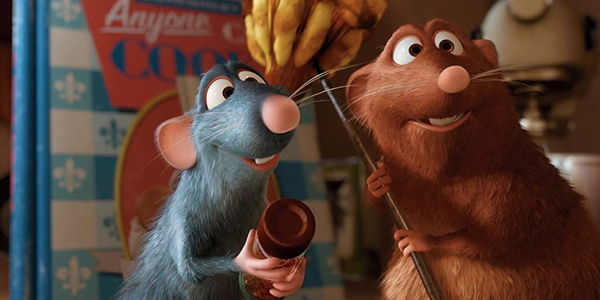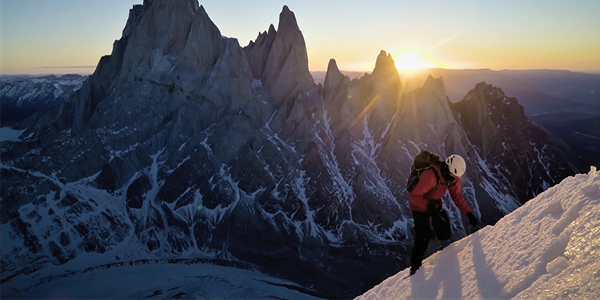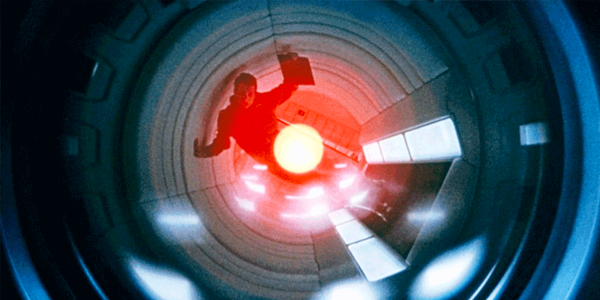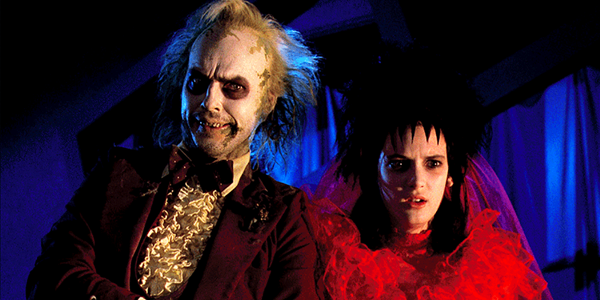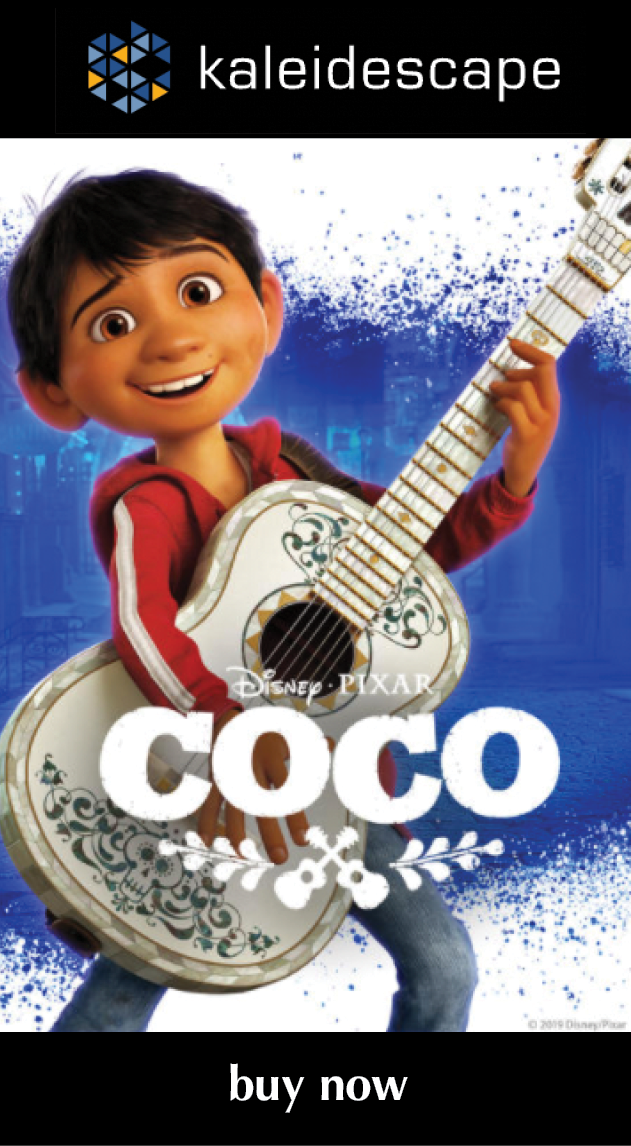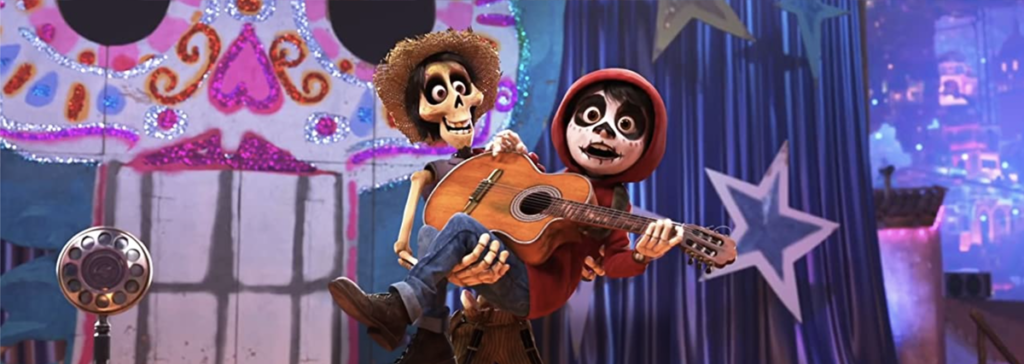
review | Coco
This often subtle visual presentation of Pixar’s Day of the Dead tale makes a strong argument for HDR in digital animation
by Dennis Burger
September 10, 2021
It may seem strange to begin a review of Coco with a discussion of a man who had nothing to do with the film but hopefully this will all make sense in a few paragraphs. I am, to put it mildly, a magic enthusiast. I have a drawer in my dresser dedicated to all manner of illusions, from prop thumbs to Svengali decks to Scotch & Soda coins, and the list goes on. So it stands to reason I have an all-time favorite illusionist—a mischievous little imp known as James Randi, who performed for years as The Amazing Randi before transitioning into a career as a professional skeptic and debunker.
What makes Randi my favorite magician is that he was honest about being a liar, famously stating, “I’m a trickster, I’m a cheat, I’m a charlatan. That’s what I do for a living.” The one time I got to see him perform illusions in person, he explained his craft in detail. He walked the audience through his tricks, exposing not only the mechanics but also why the audience fell for them.
And all of the above is simply context for what I’m about to say: One of my all-time favorite magic tricks is Pixar’s Coco. And yes, it is a magic trick. It’s illusory, after all, packed with deception and misdirection and sleights of hand both subtle and coarse. But what makes it such a great magic act is exactly what made Randi such a great magician—even after you recognize and understand the deceptions, they still work, they still have power, they’re still artful and masterful.
And that is just one of the many reasons why Coco sits high on my all-time favorites list of Pixar films, and why it’s worthy of discussion today, some four years after its release. Another reason is the film’s thematic complexity—which I’m forced to contend with as I attempt to convey what the film means, what it has to say. The simplest I can come up with is that it’s ultimately about the struggle—the tug-of-war—between one’s intrinsic search for identity and obligation to family and society. But that’s too simple. It would be more accurate to say it’s about the complex way in which our identity is formed both from within and from without. More obviously, it also beautifully deals with death, legacy, and the afterlife in a way that feels mutually compatible with spiritual thinking and a more secular outlook on life. And somehow it manages all of this while feeling organic and spontaneous.
Of course, a more obvious reason to discuss the film at this juncture is that Kaleidescape is currently running a Pixar Fest through September 14, with special pricing on select films from the studio’s catalog. Coco currently comes in at $14.99 in UHD/HDR. I mean, come on. At that price, it’s irresistible, even if you’re a Disney+ subscriber—and I know that may be a hard sell, but let me explain why. Firstly, Kaleidescape’s download comes with so many of the bonus features that are missing on Disney’s streaming service, including a wonderful (but far too brief) documentary called “The Real Guitar,” which is otherwise only available on disc or Apple TV.
Kaleidescape’s UHD presentation is rich with subtle textures and the HDR10 color grade is a significant step up from the Blu-ray release. Coco is a gorgeous film at any resolution, mostly owing to its fantastic art design and animation but the HDR adds some meaningful enhancements that make the illusion all the more convincing. The expanded color gamut allows for a slightly more pronounced contrast between Miguel’s Día de las Muertas makeup and the actual bony flesh of the dead, for example, accentuating why the deception almost works, but not quite. The fluorescent glow that permeates the Land of the Dead also radiates with more intensity, making it all feel that much more magical.
Kaleidescape’s Dolby TrueHD Atmos soundtrack is a textbook example of object-based surround done right. Panning and object placement are perfect within the base soundfield and the overhead channels are used to expand and enhance the ambiance and reverberance of the world without thwapping you over the head with distractions.
It’s interesting to note that there are more significant differences between Kaleidescape’s presentation of the film and the stream available on Disney+ than would usually be the case. And that’s mostly because Kaleidescape relies on HDR10, while Disney+ has the film in Dolby Vision. It’s not a matter of which is better—in this case, it largely comes down to personal choice, as both have their merits. The Dolby Vision grade is more vibrant, with a more intense color palette and higher-intensity brightness in spots, making it obvious bait for videophiles. The HDR10 grade is more muted—at least in the land of the living—which makes the visual contrast between the two worlds stand out a bit more. Both look gorgeous, but again—and this is the main kicker for me—Disney+ only adds a few deleted scenes and one short featurette, whereas the Kaleidescape download comes with almost all the bonus goodies available on disc. Those supplements, as well as the more reliable access afforded by downloading the film once instead of streaming it on demand, make Kaleidescape’s release incredibly easy to recommend as a permanent part of your movie library.
Dennis Burger is an avid Star Wars scholar, Tolkien fanatic, and Corvette enthusiast who somehow also manages to find time for technological passions including high-end audio, home automation, and video gaming. He lives in the armpit of Alabama with his wife Bethany and their four-legged child Bruno, a 75-pound American Staffordshire Terrier who thinks he’s a Pomeranian.
© 2025 Cineluxe LLC


